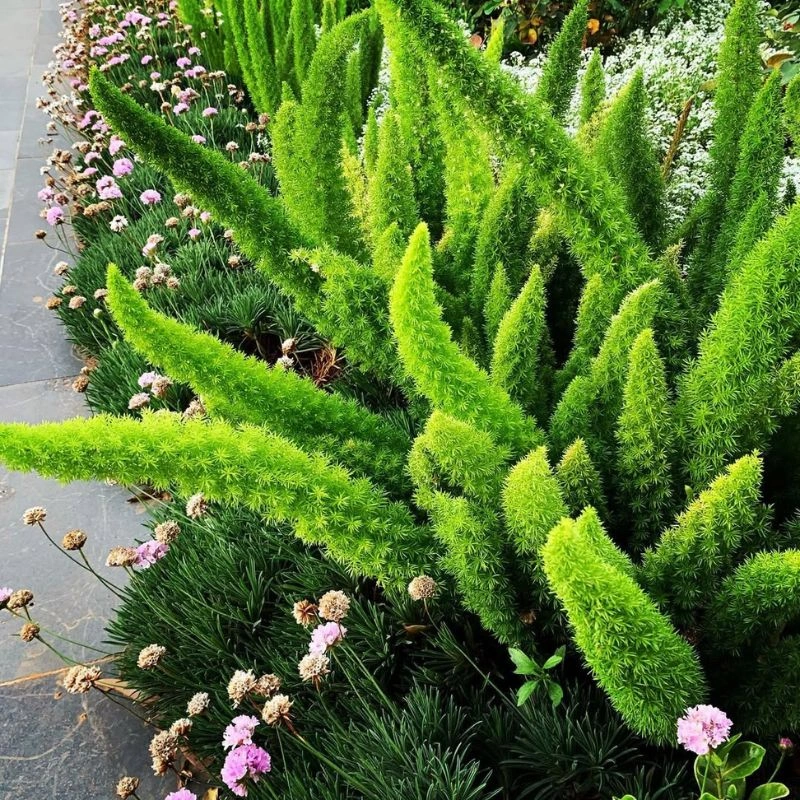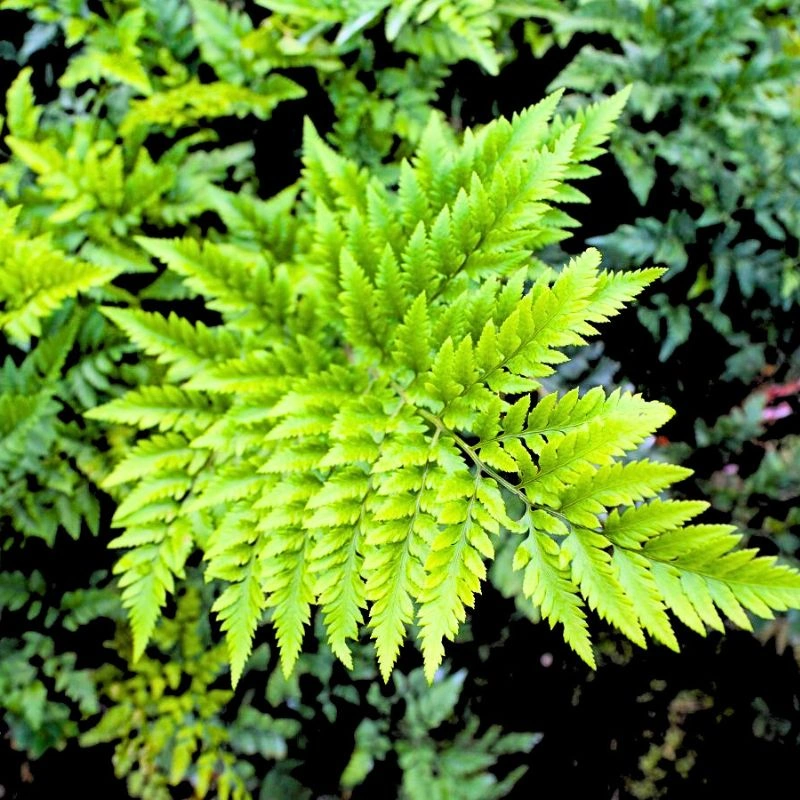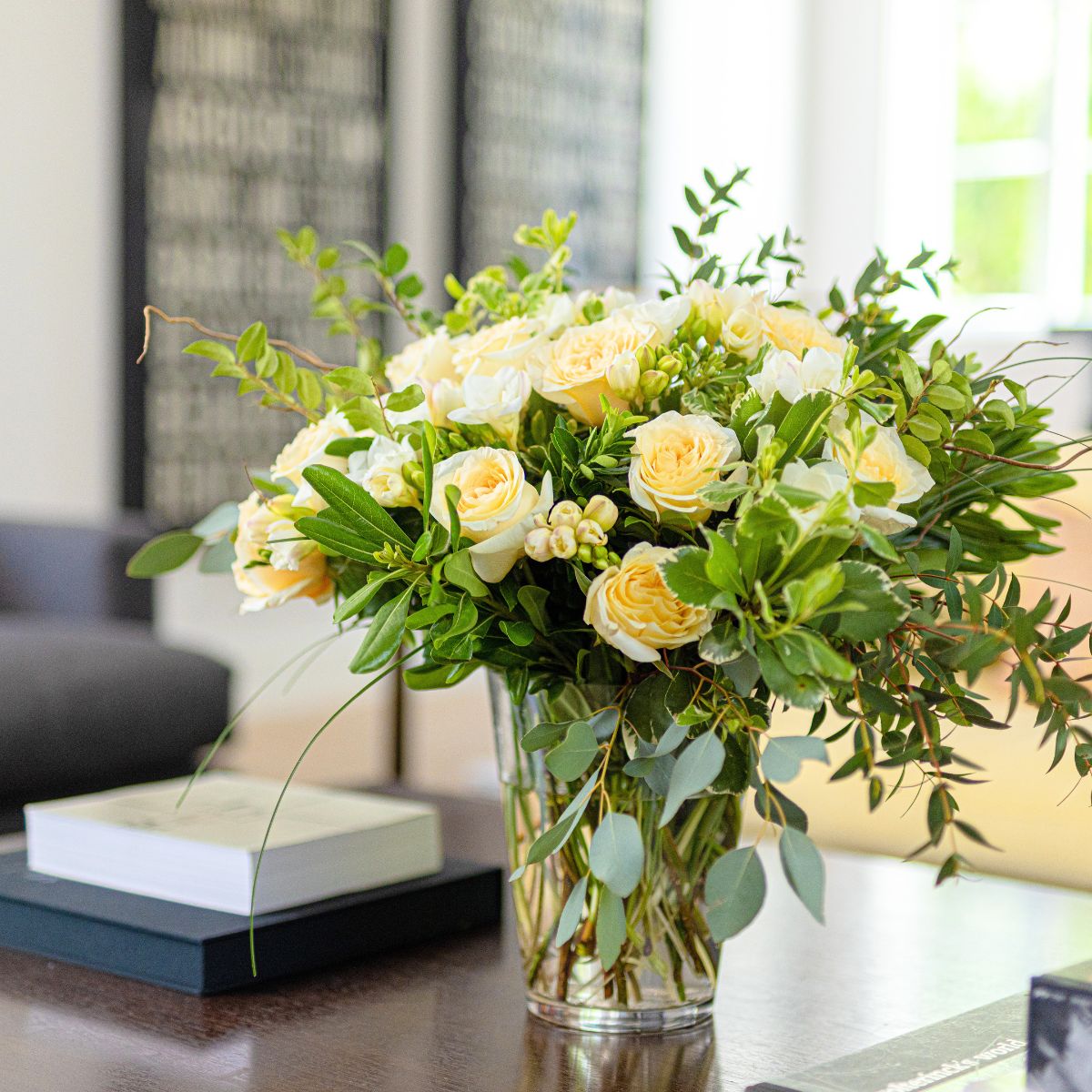Practically every forest walk often seems to pause when it reaches a fern. Something in their self-assured quiet persuades even hurried feet to linger and observe their fronds that seem to open like slow green scrolls. Botany tells us that these vascular plants emerged more than 360 million years ago, yet their leaves still open up with the same confident panache of their first beginnings.
Around the world, their presence has amassed quite a variety of meanings—think renewal, humility, protection, endurance, good fortune, rebirth, and even hidden wisdom. That explains why nowadays, they are all the more important; their graceful presence in homes and designs continues their primeval dialogue—a kind of chitchat between humanity and one of nature's most ancient flora.
Ferns’ Ancient Lineage and Evolution
Ferns, studies say, emerged during the Devonian period, long before flowers even scented the air. Their oldest fossil records date back 383-393 million years ago. They were among the first plants to develop leaves and adapt to terrestrial environments, surviving global extinctions that erased some mightier lineages. Today, researchers recognize roughly 10,500 living species—quite a colossal number!—although unexplored tropical rainforest canopies hint at more.
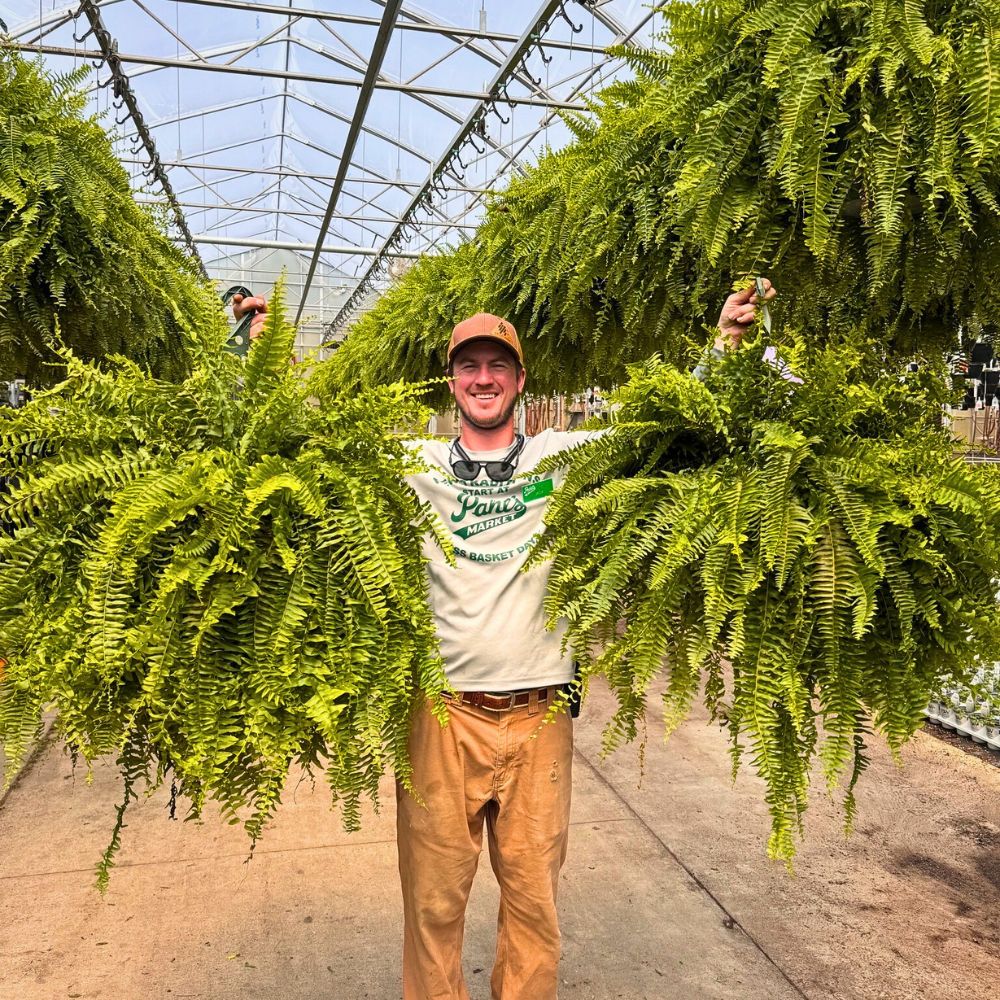
Fossil studies reveal that many modern families appeared in the late Cretaceous, adapting to the dim undergrowth beneath fast-diversifying flowering plants. Their ability to thrive where brighter flora falter gifted them an air of quiet importunity, growing even when conditions do not seem to favor them. While many ancient fern lineages have gone extinct, those we see today developed within the last 70 million years.
Universal Symbols of Protection and Growth
Across virtually every culture where ferns naturally grow, these prehistoric plants have signified protection, new beginnings, and the mysterious forces of nature. In Victorian flower language, ferns symbolized magic, fascination, and confidence, often given as tokens of secret love or admiration. The plant's ability to thrive in shadowy, concealed spots made it a perfect metaphor for hidden wisdom and inward strength.

The fern's unique reproductive cycle, which involves neither flowers nor seeds but rather the mysterious release of spores, has also been a source of fascination and contributed to its association with magic and the unknown. Ancient peoples, unable to observe fern seeds, believed the plants reproduced through supernatural means, leading to folklore about fern seeds granting invisibility or the ability to find hidden treasure.
Cultural Symbolism Across Some Societies and Cultures
In Aotearoa (New Zealand), the silver fern, or ponga, gleams white beneath its fronds; Māori hunters once bent the leaves to catch moonlight, creating a luminous path homeward. Over centuries, that practical guide metamorphosed into a national emblem of resilience and fresh starts, emblazoned on sports jerseys and remembrance memorials.

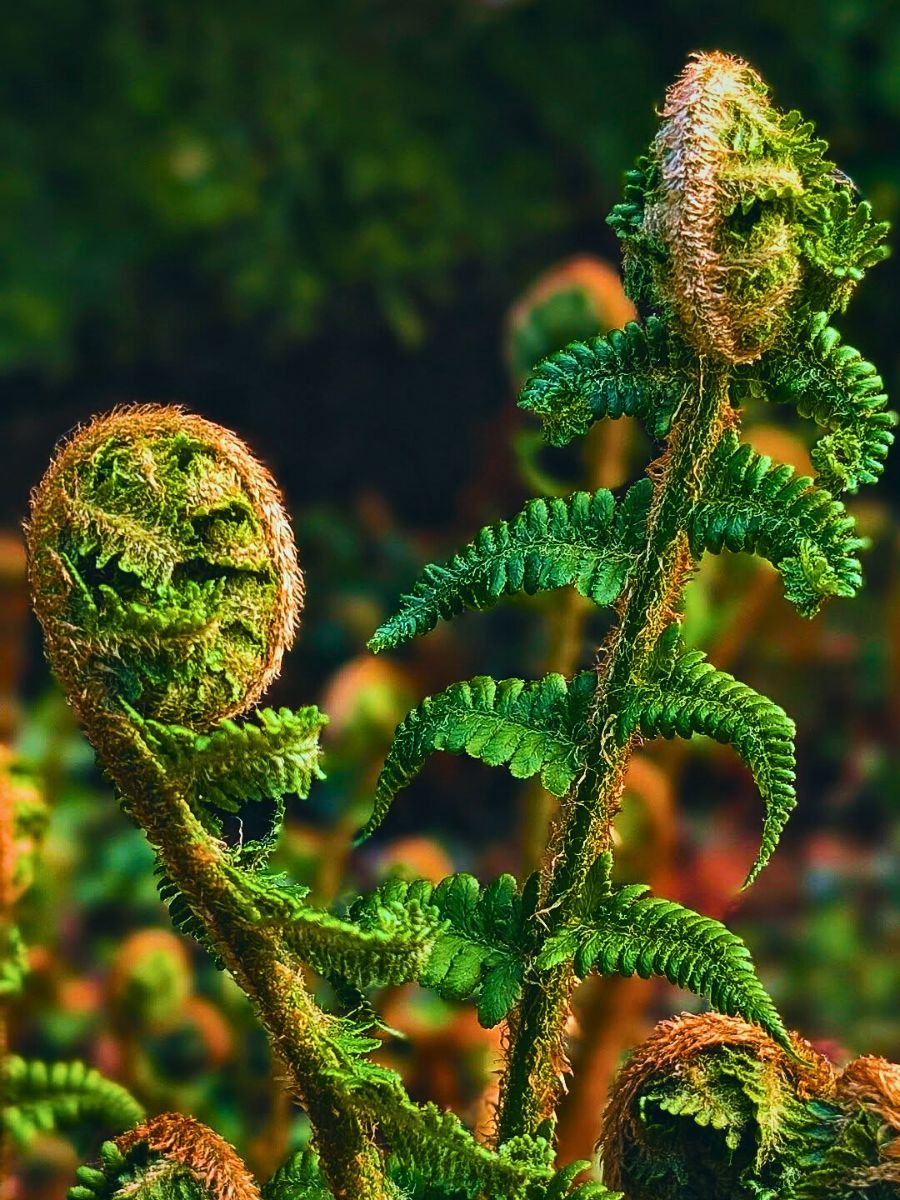
The unfurling tip of the same plant inspired the koru spiral, a motif that represents perpetual growth, peace, and the return to origins in Māori carving and contemporary design. Even though koru appears throughout Māori art, representing more elements like new life, growth, and peace, this same spiral pattern appears in Celtic art, where it denotes the cycle of life, death, and rebirth.
Japanese culture also embraces ferns as symbols of humility and sincerity, often incorporating them into traditional gardens and arrangements to represent the beauty found in simplicity. Hanakotoba—the flower language—assigns maidenhair fern modesty and sincerity, emphasizing the plant’s liking for shaded, secluded alcoves.
For West Africans, ferns weave a different story. The Adinkra symbol Aya depicts a hardy fern and praises the soul that withstands hardship; to wear the glyph is to declare endurance and an undefeated spirit. In many Native American traditions, ferns are associated with rain magic and protection from evil spirits, with some tribes burning dried fern fronds to ward off negative energies.

European folklore is also rich with fern mythology, particularly surrounding midsummer celebrations when ferns were believed to sprout for just one magical moment. Those fortunate enough to witness this mythical flowering were said to gain prophetic powers or discover hidden treasures. This association with midsummer magic has persisted, making ferns popular in similar contemporary seasonal celebrations and mystical practices.
Victorian Europe carried yet another thread: ferns signified fascination with the invisible, their spore-born reproduction standing in polite contrast to the overt sexuality of flowers. Collectors even pressed fern fronds into albums, signifying admiration that etiquette could barely admit.
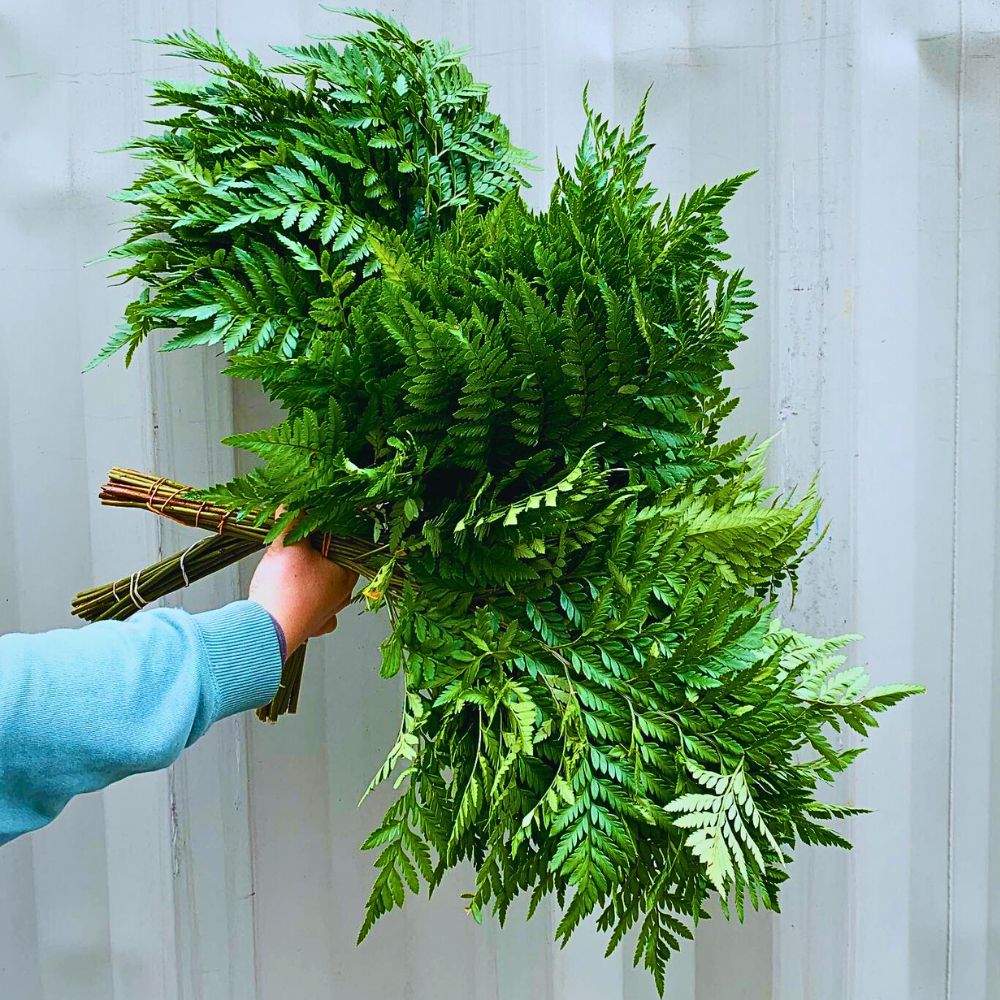
The Victorian Fern Fever
Perhaps, no era loved ferns more fervently than nineteenth-century Britain. Pteridomania, literally meaning ‘fern madness,’ swept parlors and ceramics between the 1840s and 1890s. Enthusiasts trekked damp ravines in search of rarities, installed Wardian glass cases to mimic forest humidity, and emblazoned fern silhouettes on everything from tea sets to gravestones.
The craze blended science with suppressed desire; maidenhair fronds, likened to a lover’s hair, circulated as coded valentines. Though these fads faded after Queen Victoria’s death, the period left a lasting message: ferns arouse refined curiosity and the romance of the wild.
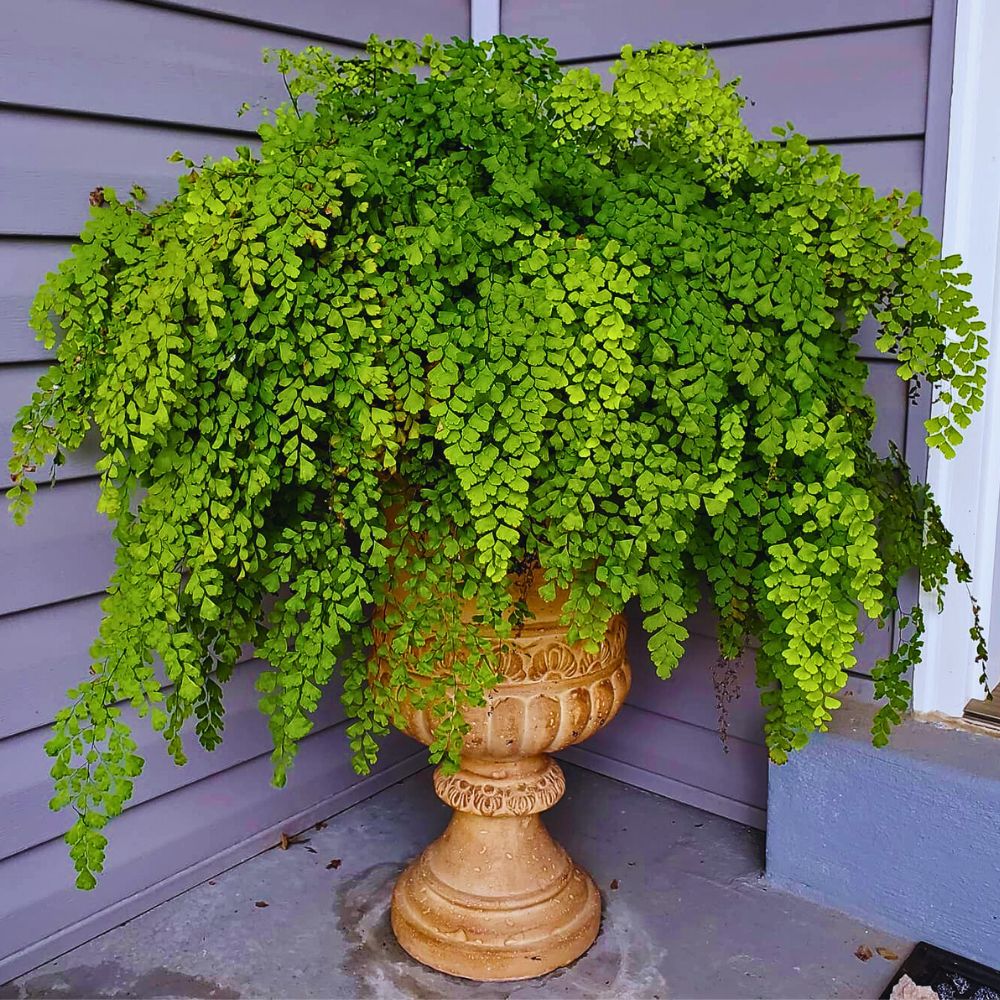
Notable Ferns in the Plant Kingdom
Species diversity gives each fern a distinct aura. The silver fern towers as a tree-sized sentinel, its pale underside signaling guidance and national identity in New Zealand. Boston fern drapes luxuriant curtains of pinnae and shines at scrubbing formaldehyde, toluene, and xylene from stale indoor air; NASA studies still rank it among the most efficient plant purifiers. With its gracefully arching fronds, the Boston fern also represents stamina and tenacity, having survived as a houseplant favorite for over a century. Its lush, full appearance makes it a symbol of abundance and prosperity in many households.
Maidenhair fern, on the other hand, with ebony stalks and fan-shaped leaflets, typifies humility in Japanese floriography yet plays the coquette in Victorian bridal hairstyles. Victorian ladies often kept these plants as symbols of their refined nature and hidden complexities. The plant's requirement for consistent care and attention also makes it an allegory for nurturing relationships and gentle strength.
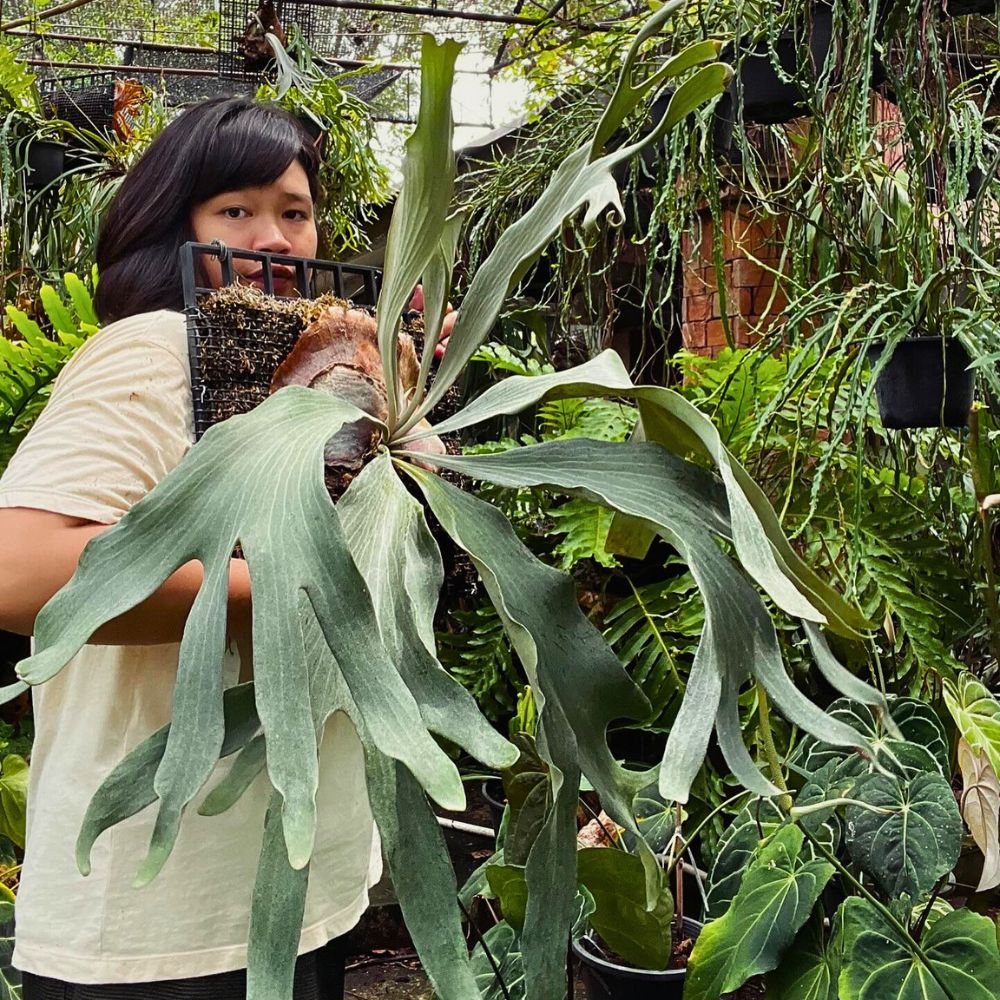
Cinnamon fern raises cinnamon-brown fertile spikes above its green rosette, perhaps as though reminding North American foragers of ancient swamps and the spirit of wetlands. Coral fern sketches airy geometry across Southern African hillsides, its bifurcating fronds affording designers a kind of otherworldly scaffold. The staghorn fern, featuring distinctive antler-like fronds, symbolizes protection and strength. In many cultures, its unique growth pattern symbolizes the ability to thrive in challenging conditions while maintaining a striking, memorable presence.
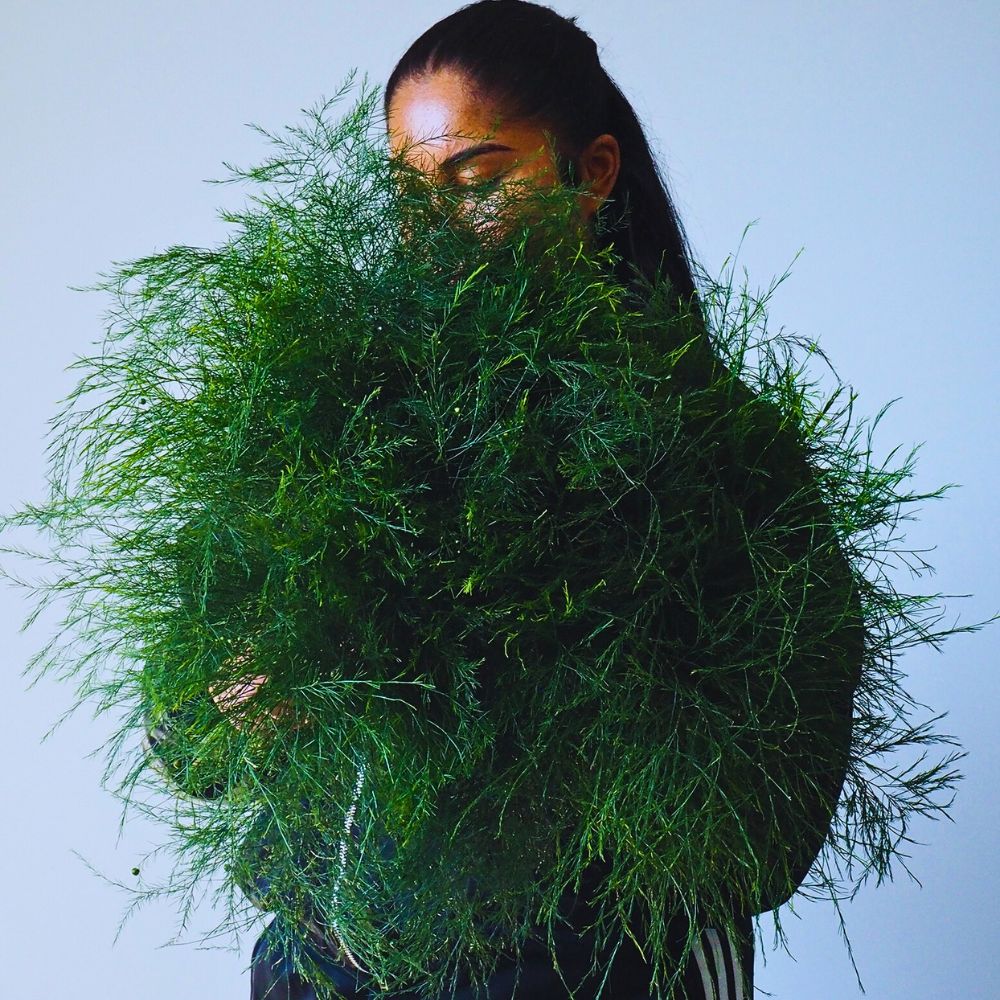
Even the commercial ‘tree fern’ sold in floral buckets—often Asparagus virgatus—oozes confidence through stiff, sheltering sprays. It represents ancient wisdom and connection to primordial earth energies. These prehistoric giants, some species unchanged for millions of years, also symbolize endurance through time and even the deep roots of ancestral knowledge. In landscape design, they could be the links to Earth's ancient past.
There are many more varieties, including Foxtail fern, Rabbit's foot fern, Holly fern, and Leatherleaf fern, and essentially, each one elaborates its own nuances of adaptability without intrusion and beauty without flamboyance. You can read more about this fern variety.

Ferns in Contemporary Floral Design
Modern floral and landscape designers have embraced ferns for their aesthetic appeal, just as much for the gravity of meaning they bring to arrangements. Florists prize them for structural versatility as well as symbolism. Their varied textures, from the fine lacework of maidenhair ferns to the bold architecture of bird's nest ferns, provide designers with materials to create arrangements that speak on different levels.
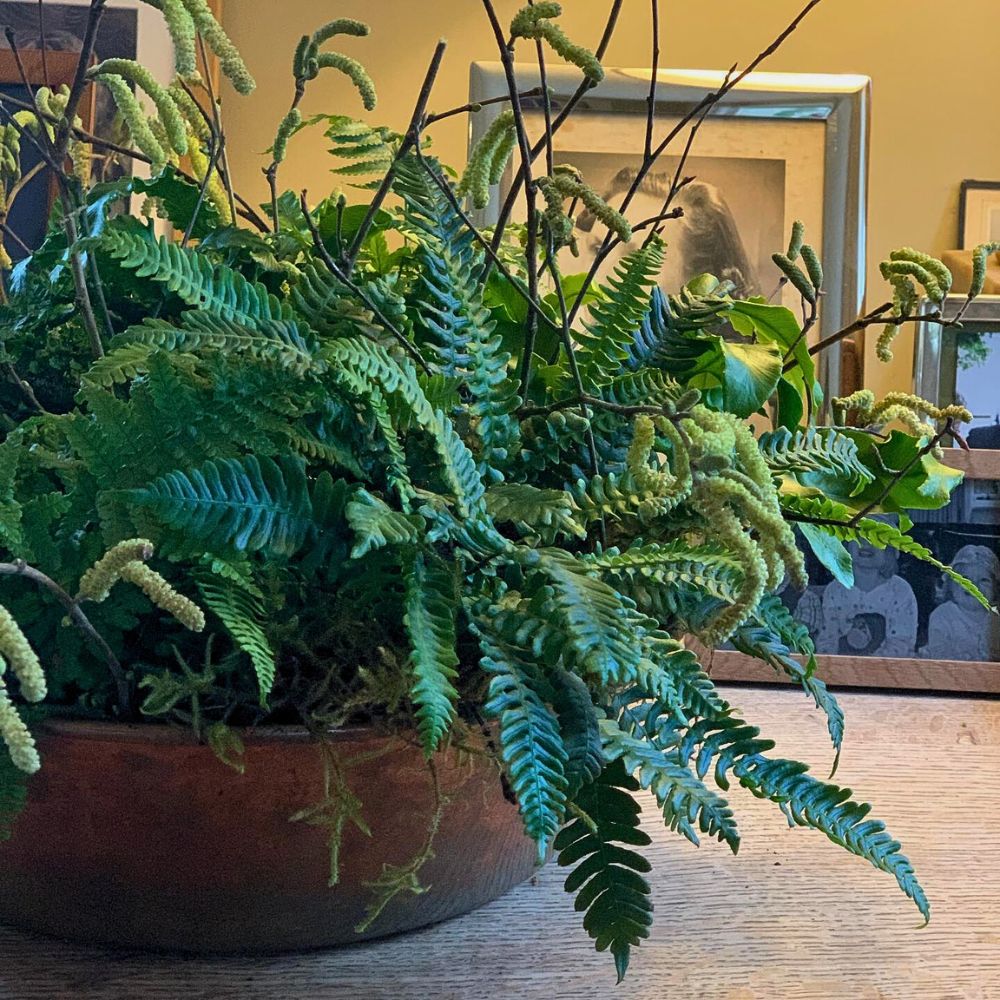
For the interiors, Boston fern fronds, for example, could cascade from ceiling installations, calling to mind vintage conservatories while softening industrial loft beams. Coral fern, harvested under forest canopy, introduces negative space that lets focal flowers float upon its green; dyed copper or gold, it feels like winter’s filigree latticework without shedding its symbolic meaning either.
Maidenhair’s intimate scale allows bouquets to breathe, looping around orchids or sweet peas in intimate handheld posies. Designers seeking sustainable mechanics often halve the fibrous stems of tree fern to create a natural lattice that supports other flowers without the need for floral foam, supporting eco-consciousness ideals. Still, yet, they hold many symbolic meanings.
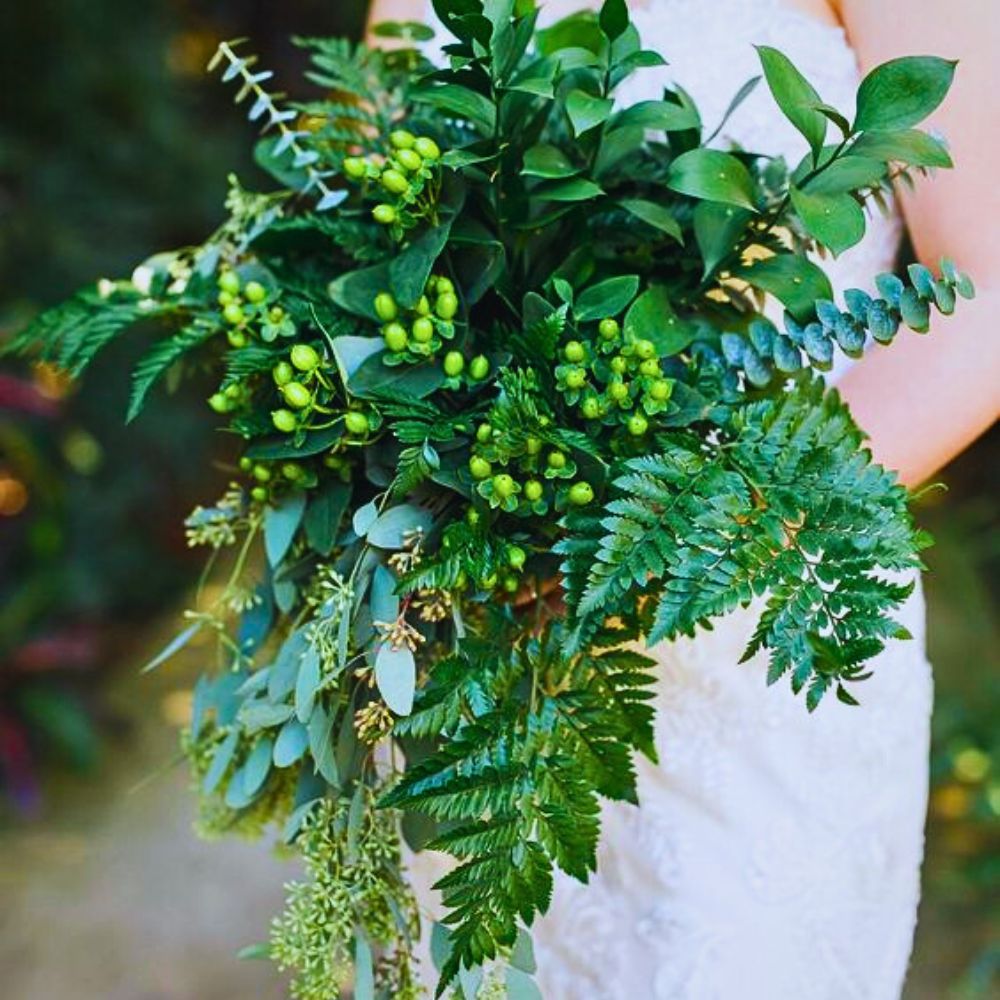
In events like wedding design, for instance, one could think of ferns as representing the couple's ability to grow together through life's shadowy valleys and sunny peaks. Their association with eternal youth and lasting love makes them popular in bridal bouquets and ceremony decorations. The unfolding fiddlehead exemplifies the opening up of new life together, while established fronds symbolize the stability and protection the couple will provide each other.

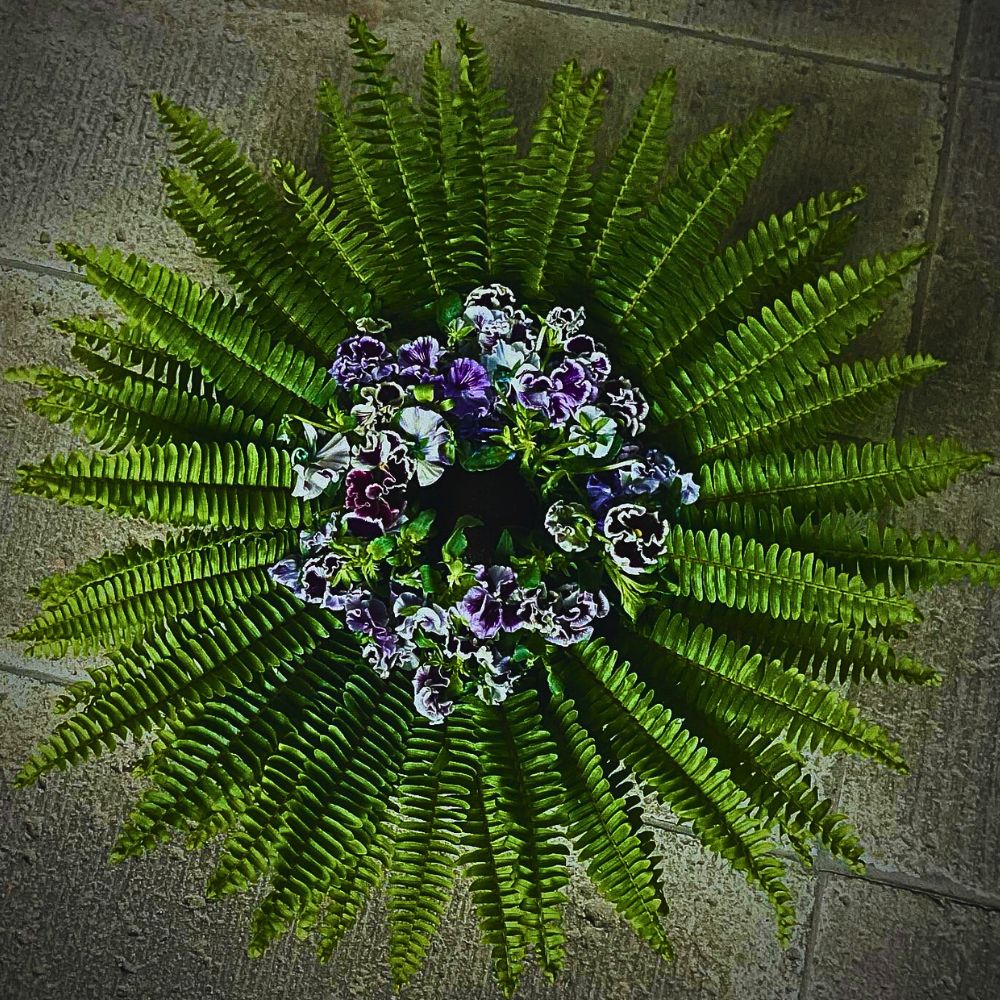
Corporate settings often incorporate ferns to symbolize growth, adaptability, and quiet strength. Unlike many flowering plants that demand attention, these plants provide steady, reliable beauty that represents consistent performance and dependability. Their air-purifying qualities add practical benefits to their symbolic value, creating healthier work environments while emphasizing themes of renewal and vitality.
In contemporary art and design, fern motifs continue to develop, often representing the meeting of ancient wisdom and modern innovation. Digital artists frequently employ these plants’ fractals and spiral patterns to explore themes of growth, complexity, and the mathematical precision found in nature.
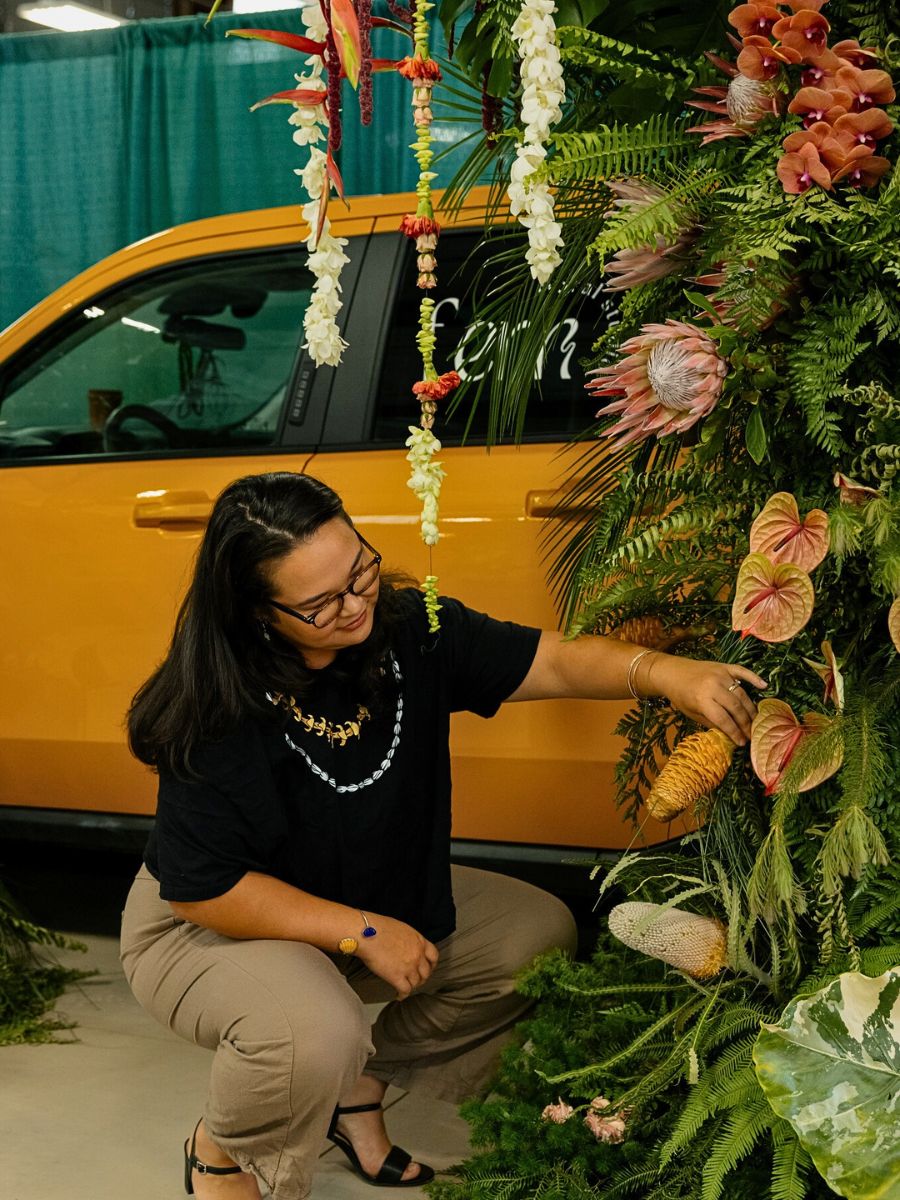
Therapeutic and Spiritual Applications as Well
Outside of their decorative and symbolic uses, ferns hold significant benefits in healing traditions and spiritual practices. Many cultures have used various fern species medicinally, and their symbolic associations with protection and healing continue in contemporary wellness practices. The presence of ferns in meditation spaces and healing rooms is believed to promote calm self-examination and connection with natural cycles.
The rhythmic pattern of fern fronds emerging and unfurling also provides a natural meditation focus, representing the gradual unfolding of understanding and personal growth. Many practitioners use fern imagery in visualization exercises, drawing on the plant's associations with hidden knowledge and inner wisdom. Also, householders who adopt ferns inherit both their metaphor and their maintenance lessons.

Others, like Boston fern, purify enclosed rooms most effectively when humidity stays above 70 percent, echoing its native swamp margins. Their consistent moisture, indirect light, and periodic pruning always offer vigorous new fiddleheads. Some cultures even brew cinnamon fern rhizomes as folk medicine, while Māori healers once used silver fern roots to ease skin ailments. These reinforce the plant’s reputation for quiet resourcefulness.
Feature image by @thistleandwigflowers. Header image by @elenyavibe.





